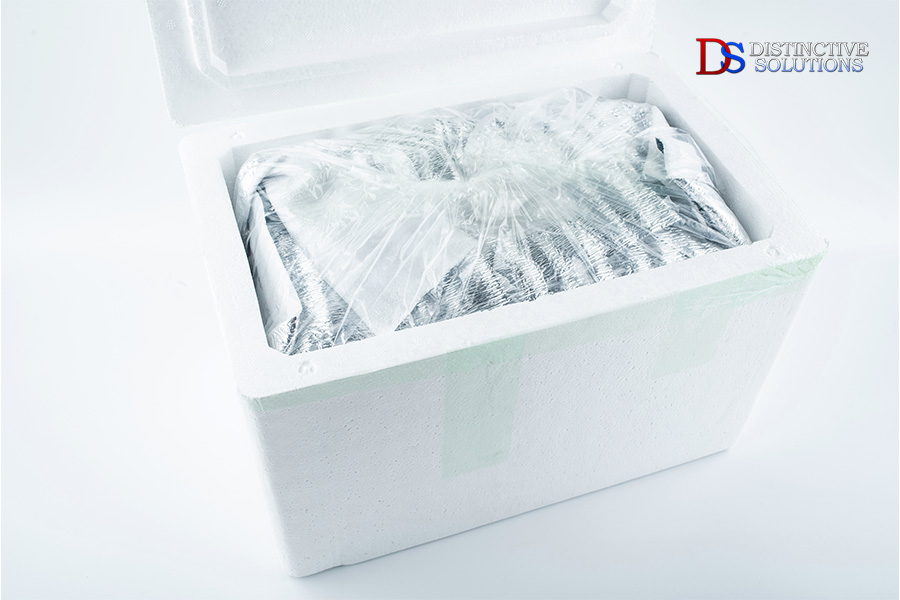If shipping a variety of frozen foods is a key part of your business, you must know how to do this safely. Whatever type of frozen food you sell and ship, it must arrive at its destination safely, free of damage, and without contamination.
Cold chain shipping containers are the perfect solution to your frozen food shipping problems. They can be used to ensure your food remains in great condition and does not get spoiled during transit.
This not only saves you money, replacing lost or damaged packages, but it also maintains your great brand reputation. When your packages consistently get to the recipient’s address with no issues, your customers will be satisfied, and your business will thrive. They are also more likely to tell their friends and family about your services, and this positive word of mouth can boost your success by a mile!
Challenges of Shipping Frozen Foods
There are several challenges that you might face during the shipping of your frozen food products, including:
- Maintaining the right temperature when the weather is very hot or cold
- Dealing with a humid environment
- Potential spoilage during delivery
How to Properly Ship Frozen Food
As mentioned above, cold chain shipping containers are a great option. They will prevent your food from being exposed to potential contamination or external materials that could cause it to spoil.
You should always use insulated boxes for shipping to prevent the frozen food from thawing or becoming too cold. The food needs to stay within a very specific temperature (0 degrees Fahrenheit or -18 degrees Celsius) for it to remain safe and edible.
It’s advisable to choose a shipping container that’s somewhat larger than your food items so that you may use cold chain packing like ice packs or dry ice to keep the products cool. This will ensure the temperature remains low even if you are delivering in the middle of summer.
Please note that some couriers do not accept packages that contain dry ice. Be sure to check the specific requirements for the courier service you usually use before changing your frozen food product packaging. Make special courier arrangements if necessary.
Ensure that the container you use is airtight to prevent heat and humidity from affecting the temperature inside your packaging. Your cold chain shipping containers must also be sturdy and corrugated to ensure they can withstand heavier products.
It’s easy to cut corners when it comes to delivering your frozen food, but you should always consider every aspect of your packaging. You will be held liable for any damaged or lost products, and this can cost your business its reputation as well as a lot of money and time organizing returns and refunds.
For your cold chain shipping containers, contact Distinctive Solutions today.
